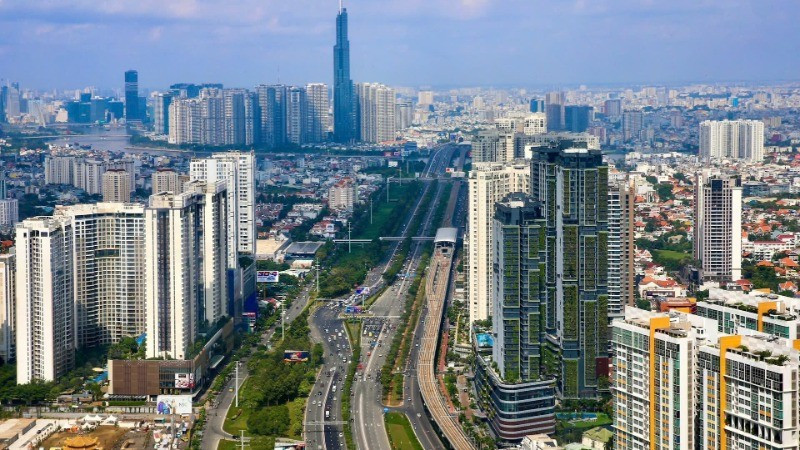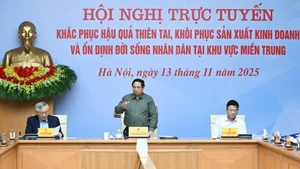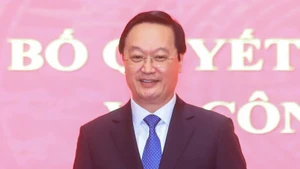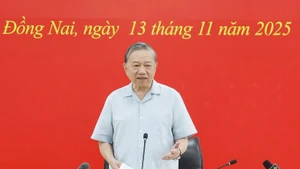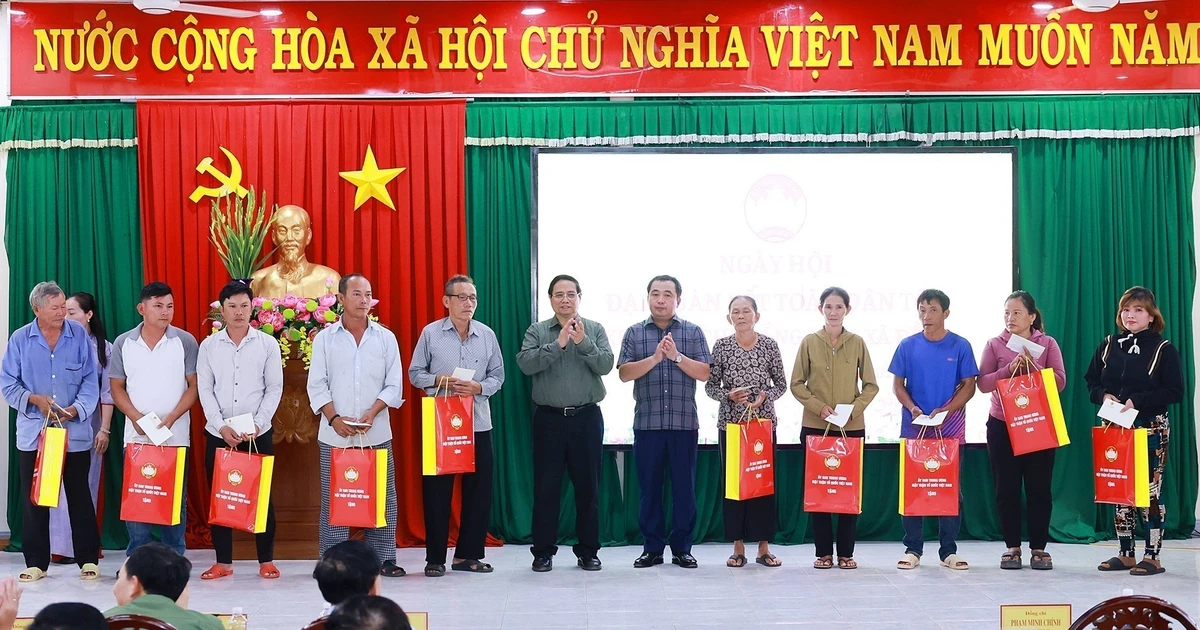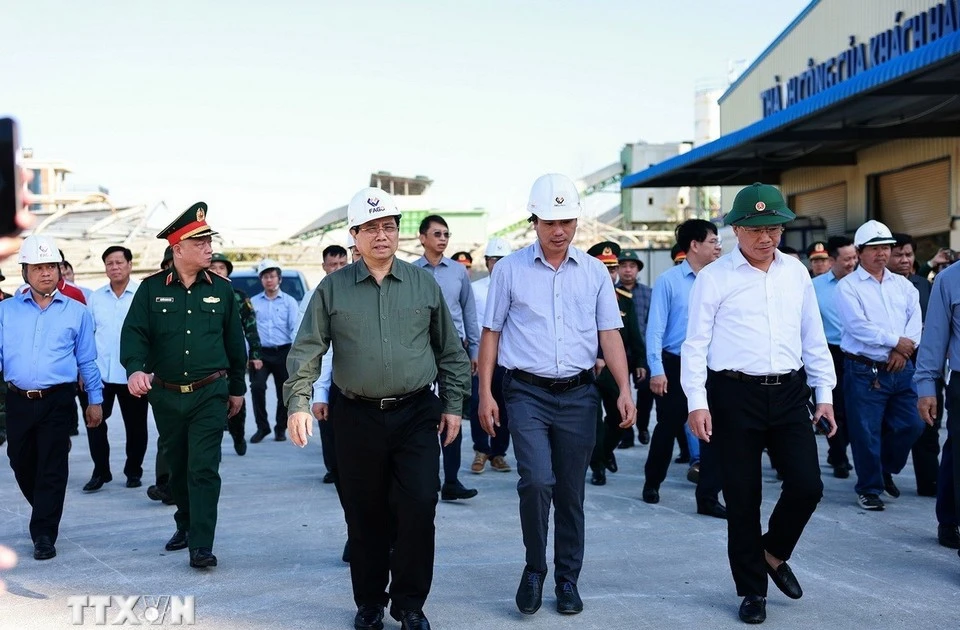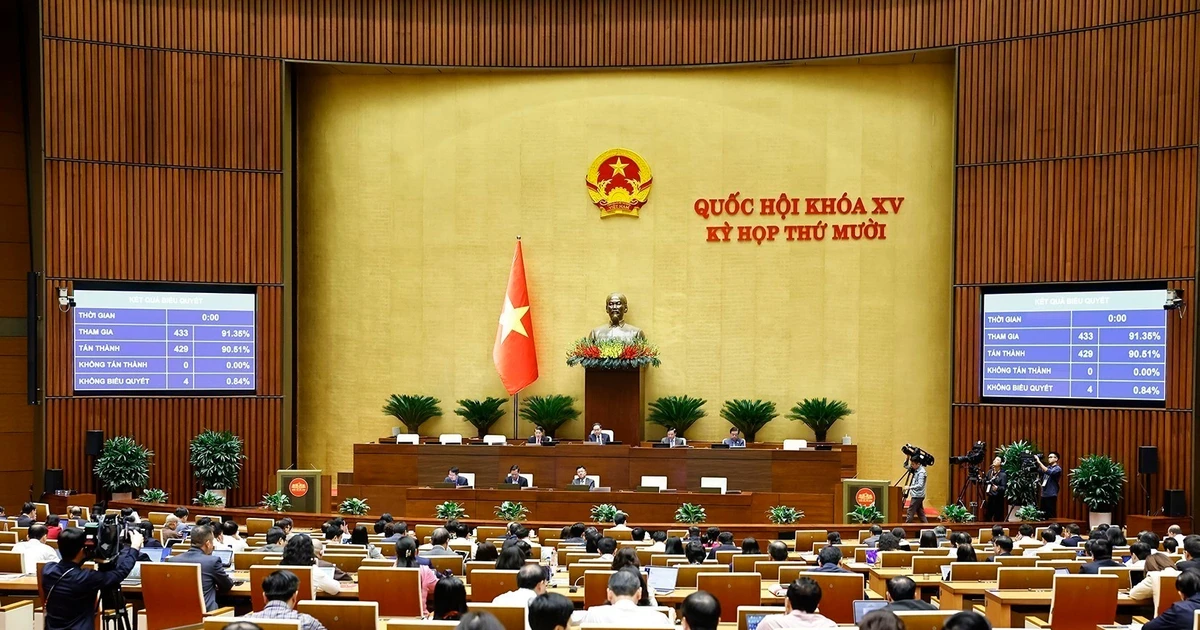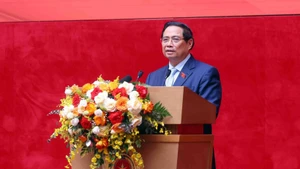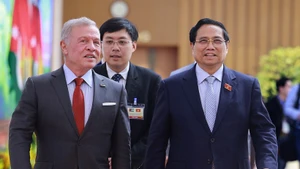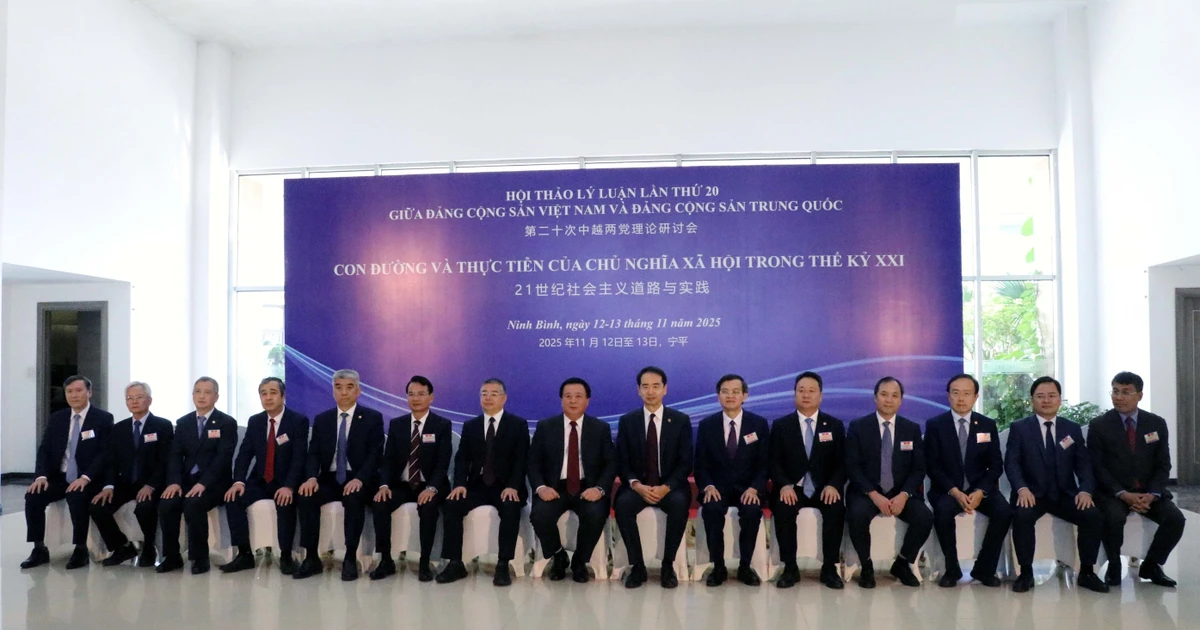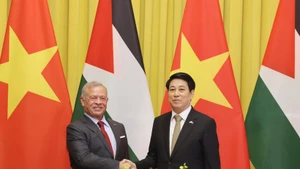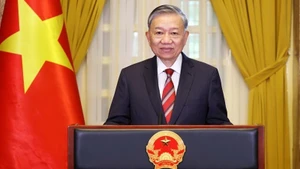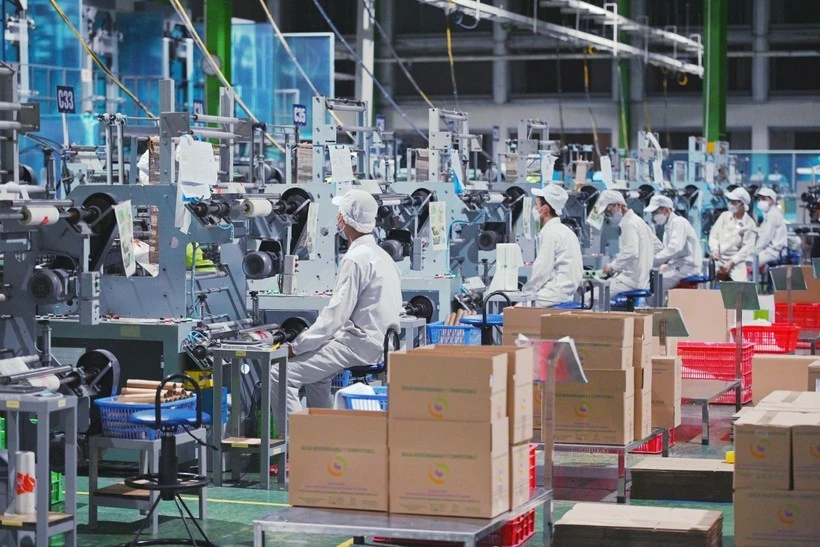A city of innovation and reform
Immediately after national reunification, Ho Chi Minh City began reconstruction efforts with urgency, creativity, and a strong sense of responsibility. Former Standing Deputy Secretary of the City’s Party Committee and former Chairman of the City People’s Council Pham Chanh Truc, recalled: “When the country was newly reunified, the city faced widespread hunger and unemployment. In response, the city’s Youth Union established the Youth Volunteer Force to develop new economic zones, mobilising more than 10,000 young people—many of them former soldiers and civil servants from the old regime—who joined revolutionary youth, students, and pupils to engage in labour and production, rebuilding the city after the war.”
The youth volunteer movement not only demonstrated a determination to heal the wounds of war but also exemplified the city’s reformist and action-driven thinking. Alongside this were a series of movements such as “Golden Hands,” the development of a network of Children's Cultural Centres, campaigns against social evils, and the promotion of a modern and progressive lifestyle.
The city’s creativity and flexibility were especially evident in its gradual dismantling of rigid and outdated management mechanisms. Many production units reorganised their operations, sourced raw materials, processed finished goods, and surpassed state-imposed quotas. Former war-torn “white zones” were reforested, and residents' livelihoods began to stabilise. These so-called “temporary measures,” grounded in practical reality, became valuable materials for shaping the Party’s renewal direction at its 6th National Party Congress in 1986.
As the Doi Moi (Renewal) era began, Ho Chi Minh City continued to be a pioneer in innovative models. It was the first locality in the country to establish an export processing zone—Tan Thuan EPZ in 1991—providing practical grounds for national policy-making on export zones and industrial parks. The city also spearheaded the creation of Viet Nam’s first stock exchange centre, initiated the capital market, developed urban investment funds, and introduced model urban zones, with Phu My Hung being a prime example.
Beyond economic achievements, Ho Chi Minh City has led in social and humanitarian policy. Early in the Doi Moi period, it launched the “Gratitude” movement and initiated the “Hunger Eradication and Poverty Reduction” programme, which were campaigns that deeply resonated nationwide and helped cultivate a tradition of compassion and solidarity of the Saigon–Ho Chi Minh City citizens.
Standing Deputy Secretary of the City Party Committee Nguyen Thanh Nghi stressed: “Drawing from vivid realities, the Standing Board of the City Party Committee has synthesised and elevated them into theoretical research, contributing to the refinement of the Party’s renewal strategies and socialist development theories.” This is the result of tireless efforts, underscoring the city’s vanguard role.
Poised for a new era
Given its critical role in national development strategies, the Politburo has issued four separate resolutions on Ho Chi Minh City over the past 50 years. Most recently, Resolution No. 31-NQ/TW dated December 30, 2022, affirms: “The city continues to be a driving force and a locomotive, leading as a major centre on economy, finance, commerce, culture, science and technology, innovation, and education of the southern key economic region and the entire country—a vital gateway connecting Viet Nam to the region and the world.” These strategic orientations recognise the tireless contributions from the city’s Party committee, authorities, and people over half a century.
Having overcome the COVID-19 pandemic, Ho Chi Minh City has made a robust comeback, showcasing strong resilience and recovery capacity. According to Chairman of the City People's Committee Nguyen Van Duoc, by 2024, the city hosted over 230,000 active enterprises—accounting for about 28% of the nation's total—and contributes roughly 25% of the national budget. In the first quarter of 2025, the city’s GRDP grew by 7.51%, the highest rate since 2020.
The city is shifting its growth model from extensive to intensive, emphasising the digital economy, green economy, circular economy, high-tech development, and enhanced human resource quality. It is also adopting a polycentric urban model, fostering knowledge-based urban zones with the aim of becoming a regional and global metropolis by 2045.
In 2025, Ho Chi Minh City enters a new phase of development with a historic turning point: the planned administrative expansion and merger with the provinces of Binh Duong and Ba Ria–Vung Tau. With an area of over 6,772 square metres and a population exceeding 13.7 million, Ho Chi Minh City will soon become a megacity of the Southeast region—a new “growth pole” with national and regional impact. This expanded development space presents a golden opportunity to overcome existing bottlenecks and unlock the city’s full potential. In addition, several emerging factors are poised to fuel breakthroughs: the International Financial Centre, the Can Gio International Transshipment Port, the operational launch of Metro Line No. 1, a robust inter-regional transport system, and notably, Politburo Resolution No.57-NQ/TW on development of national science, technology, innovation, and digital transformation.
Driven by an unwavering aspiration for progress and backed by the trust and support of the central government and the nation, Ho Chi Minh City stands at a golden moment to make historic breakthroughs. Reflecting on the past 50 years—a journey of confidence, resilience, and intellect—the city enters the future with steadfast spirit, innovation, and accountability. Ho Chi Minh City will continue to shine, contributing to the glorious legacy of the nation and living up to its revered name: the city named after beloved President Ho Chi Minh—the heroic city.
